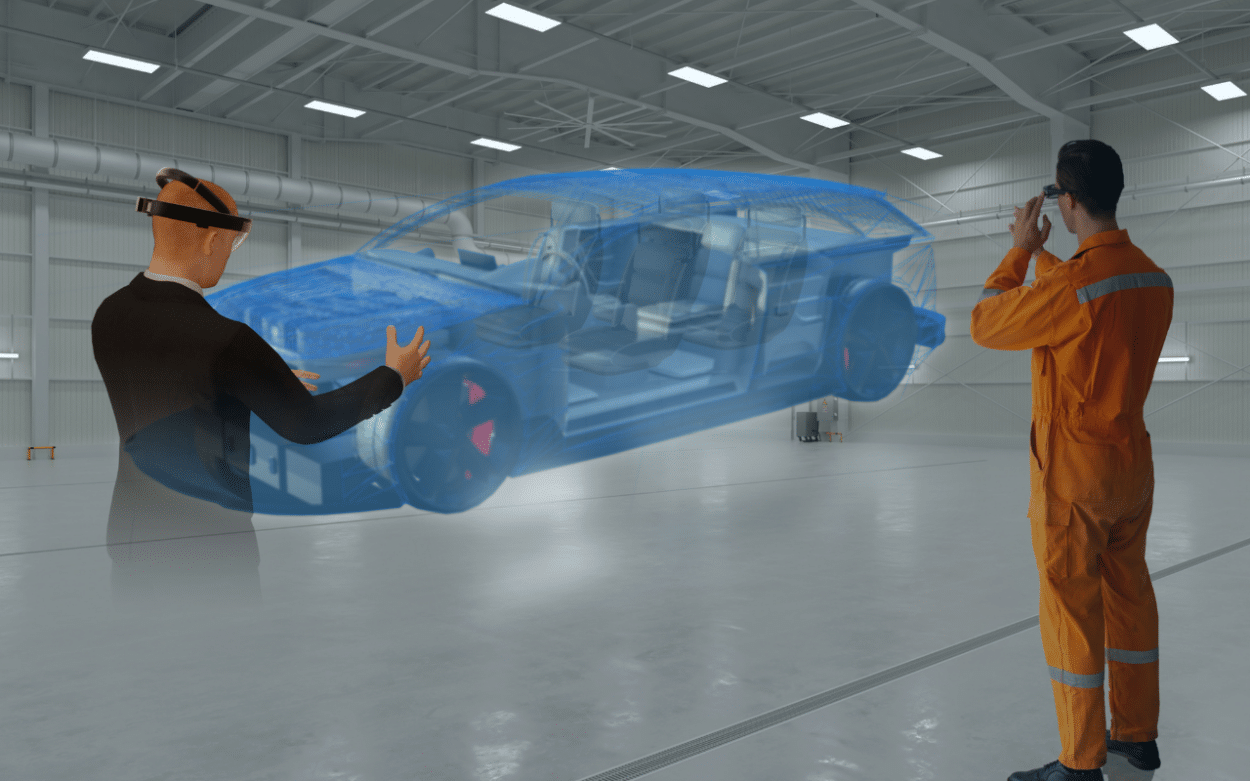The use of digital twins for ecological purposes is being stepped up, as Laurent Germain, IoT-AR Expert at PTC, explains in his opinion column.
In 2015, France set itself the goal of achieving carbon neutrality by 2050, as set out in the Law on Energy Transition for Green Growth. This timespan implies a profound transformation in all activities and in particular in industry, which accounts for around 20% of national greenhouse gas emissions. This is why many innovations initially motivated by other considerations are now being put to good use by manufacturers to reduce their environmental impact. Such is the case of the digital twin, whose use for ecological purposes is being stepped up.
Simulating Reality for Better Decision-Making
The concept of a digital twin is relatively simple. It consists of generating a virtual double of a product, a building, a piece of equipment or even a production site, and simulating its behaviour depending on numerous parameters, to assess the impact of potential transformations.
It is thus possible to weigh up the influence of a choice of material on the overall strength of a complex product, or again to measure the impact of a change of shape on the performance of a vehicle. Thanks to artificial intelligence algorithms, certain analytical tools can themselves suggest strategies for optimization based on this modelling.
New Ecological Applications
Digital twins were initially designed to improve the efficiency of design processes by allowing research teams to dispense with lengthy and costly testing phases. They were also used to facilitate the maintenance and repair of hard-to-reach equipment such as offshore wind farms.
In recent years, however, these tools have been implemented particularly to assess the impact of ecological variables. Digital twin modelling tends therefore to focus on reducing waste products, cutting greenhouse gas emissions, and optimising energy consumption.
Optimizing Transport to Reduce Its Carbon Footprint
This was the case with the digital twins developed for Michelin, which simulated entire factories to assess the performance of production lines using more sustainable materials. This exercise allowed the French industry leader not only to considerably reduce its transport operations and the carbon impact of its supply chains but also to cut out the need for arduous full-scale tests and their ecological consequences.
This is also the case for digital twins used by the automotive industry to measure the potential consumption of vehicles under different design choices. These tools make it possible for engineers to design more fuel-efficient vehicles without any loss of performance or safety.
Facilitating Recycling and Reuse
The use of digital twins can also have a profound impact on the entire life cycle of products and their materials. Using a digital twin with full traceability of the product’s components and calculations of their carbon footprints, the design of the product can be automatically optimized to facilitate the recycling of components or enable the reuse of certain parts derived from other sectors.
This is the type of process that enabled BMW to design a car that is both recyclable and made from recycled materials – the BMW i Vision Circular.
Taking Into Account the Carbon Footprint of Big Data
The application of digital twins to energy distribution systems is particularly suited to reducing greenhouse gas emissions. Thus, fed by data from an IoT or building management system, a digital twin of a production site can identify significant opportunities for energy savings.
The only limitation to be factored into this exercise is that data collection systems are themselves highly material- and energy-intensive. The potential carbon impact of the infrastructure required for simulations must therefore be considered when assessing the appropriateness of such a project.











